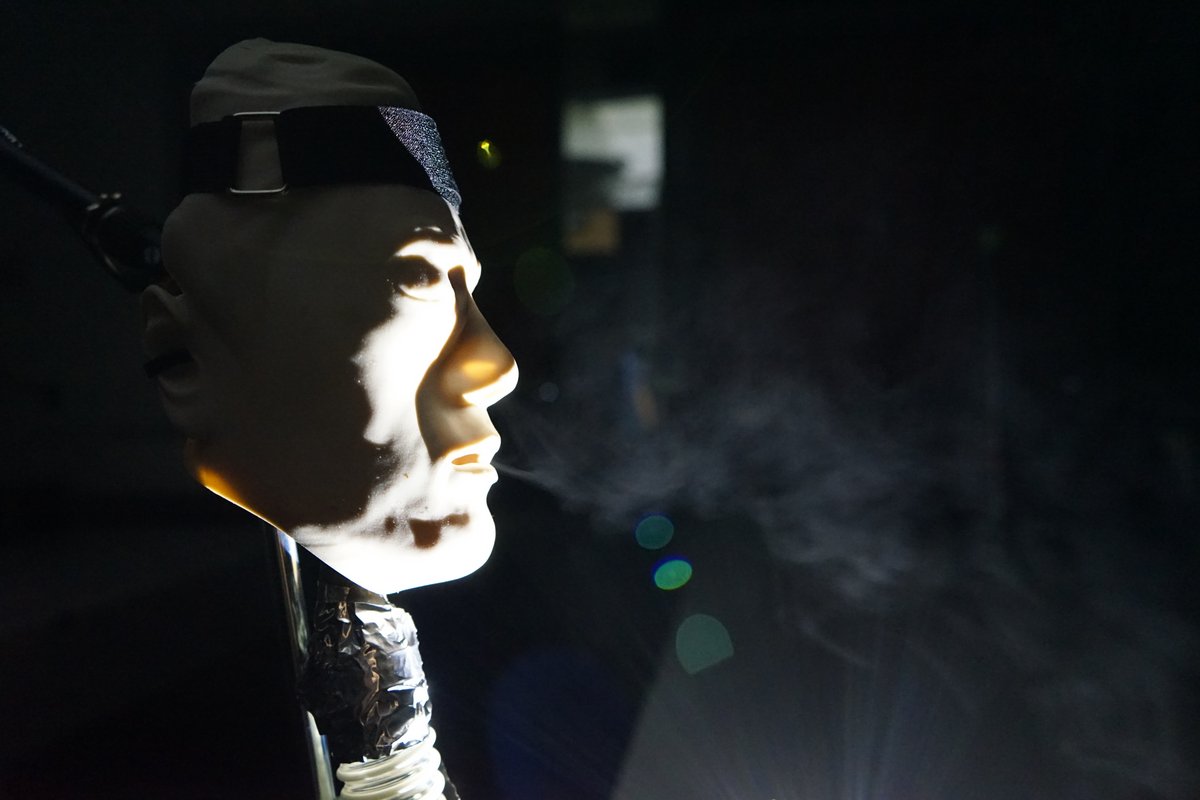Dispersion of aerosols in the classroom
Masks, spacing, ventilation and technical air cleaning are intended to protect against infection with viruses. The aim of the scientists led by Prof. Dr.-Ing. Christoph Egbers, head of the BTU Department of Aerodynamics and Fluid Mechanics, is to investigate the effectiveness of these measures. In the project "Sensors and Exposure Analyses for Aerosol Transport in Dynamic Situations" funded by the German Research Foundation (DFG), the Cottbus scientists, in cooperation with the German Aerospace Center in Göttingen (DLR e.V.) and the Helmholtz Zentrum Dresden-Rossendorf, are investigating situations in classrooms, narrow corridors and indoor and outdoor group dynamics in various experimental studies.
"We were able to show that ventilating and purifying the room air significantly reduces the concentration of aerosols," says Prof. Dr.-Ing. Christoph Egbers. "Even tilting the window in the classroom reduces the concentration of aerosols in the vicinity of a sick person by up to ten percent. The same applies to purifying the room air when the window is closed."
Scientists are researching the dispersion of helium-filled soap bubbles, special fog particles and artificial saliva. "The helium-filled soap bubbles are used to measure the overall flow in the room," said project leader Dr.-Ing. Sebastian Merbold, also of BTU Cottbus-Senftenberg. "This flow transports the aerosol particles inside the room between individuals. The fog particles, on the other hand, simulate the aerosols emitted by a human. They do not dry out compared to artificial saliva. Therefore, the latter can only be measured limited."
Particle sensors in the room measure the distribution of the artificial saliva and fog particles. Custom-built mobile helmet cameras measure the density of helium particles at people moving in the room. With the evaluated data, it should be possible in the future to create scenarios of virus spread in public spaces such as schools, transportation, cultural events, restaurants or sports facilities.
The project "Sensor Technology and Exposure Analyses for Aerosol Transport in Dynamic Situations" is part of the "Cottbus Aerosol Particle Reference Experiment (CARE)", in which scientists from the BTU Cottbus-Senftenberg together with the Technical University of Dresden, the Helmholtz-Zentrum Dresden-Rossendorf and the German Aerospace Center are working on the transport of virus-laden particles. The experiment is being funded in the Germany-wide program "DFG Fokusförderung COVID19".
Contact
Aerodynamik und Strömungslehre
T +49 (0) 355 69-4868
christoph.egbers(at)b-tu.de

